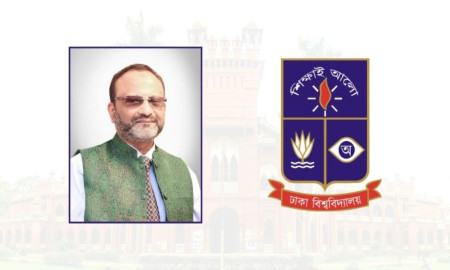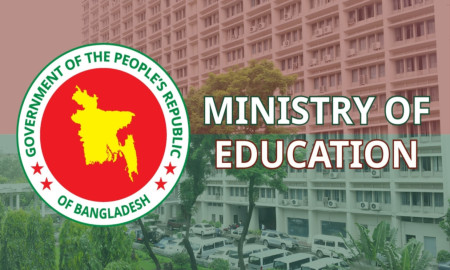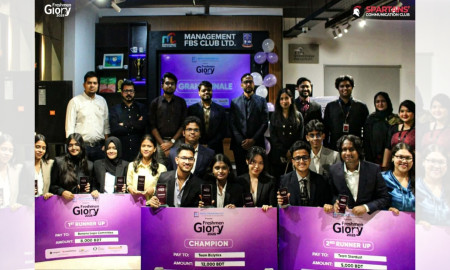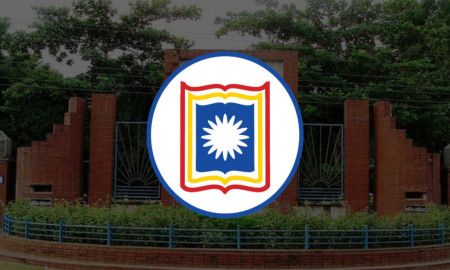Why GPA-5 Stars Stumble in the University Admission Race
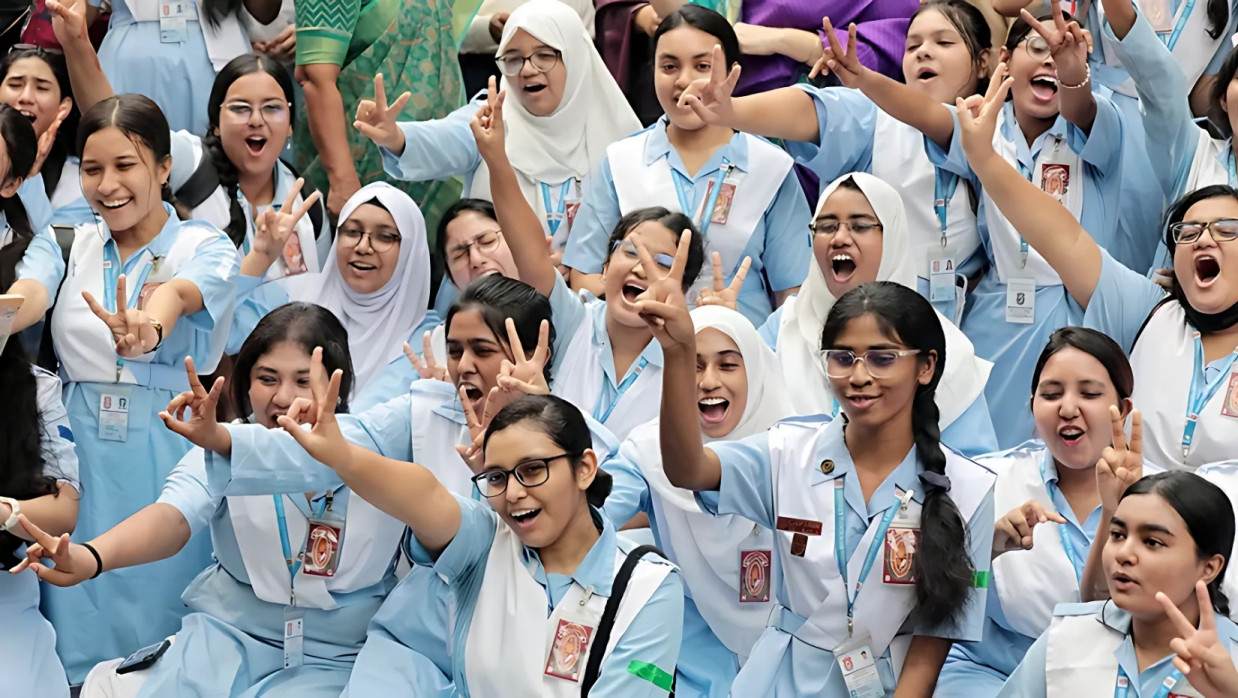
The dream of studying at a top-tier public university like Dhaka University (DU) drives countless Higher Secondary Certificate (HSC) graduates, but limited seats and rigorous admission tests create a daunting challenge. Consider Suman (name changed), who, with an ‘A’ in SSC and ‘A-minus’ in HSC, cleared DU’s ‘B’ unit admission test and secured a spot in a prestigious department. In contrast, Senjuti (name changed), a GPA-5 achiever in both exams, failed to qualify for DU’s ‘A’ unit and had to settle for an affiliated college.
Despite stellar HSC results, many students struggle in university admission tests, with some even failing to score the minimum passing marks. This gap between public exam success and admission test performance has become increasingly evident in recent years, leaving students and educators questioning why GPA-5 stars often stumble in the race for university seats.
At DU, undergraduate admissions hinge on a 120-mark merit score: 60 marks from multiple-choice questions (MCQs), 40 marks from a written exam, and 10 marks each for SSC and HSC results. Suman’s success, despite lower public exam grades, stemmed from excelling in the admission test, while Senjuti’s perfect GPA-5 couldn’t compensate for her poor test performance, missing both the merit list and the passing threshold.
In the 2024 HSC and equivalent exams, 145,911 students achieved GPA-5, with many applying to universities like DU, Chittagong University, Rajshahi University, and cluster admission systems. However, admission test pass rates remain shockingly low. At DU, the highest pass rate in 2024-25 was 11.84%, and the lowest was 4.48%. The Science Unit saw 146,694 applicants compete for 1,896 seats, with only 7,437 passing (5.93% pass rate), meaning 94.07% failed. Of those who passed, 6,922 were from the Science stream, 393 from Arts, and 122 from Business Studies. Results were published on March 24, 2025, at 7:00 PM on DU’s website. The Arts, Law, and Social Sciences Unit had 114,904 applicants for 2,934 seats, with 11,310 passing (9.85% pass rate). The Fine Arts Unit recorded an 18.77% pass rate.
At Chittagong University, the 2024-25 results showed varied outcomes: the ‘A’ unit (Science) had a 32.06% pass rate, with 59,511 failing; the ‘B’ unit (Arts and Humanities) had a 20.24% pass rate, with 12,656 passing; and the ‘C’ unit recorded a 63.35% pass rate, with 7,898 failing. Analysis reveals that most students failed to secure the minimum 30 or 40 marks required, despite strong HSC results.
Education experts point to a fundamental difference between public exams and admission tests. “Public exams reward memorization of select topics or reliance on short suggestions,” says Professor Dr. Md. Anwar Hossain, Vice-Chancellor of Jashore University of Science and Technology. “Admission tests, however, demand a comprehensive understanding of the syllabus. Students who memorize selectively excel in HSC but falter in admission tests, while those who master core concepts, even with a GPA-4, often outperform.”
Professor Dr. AAMS Arefin Siddique, former DU Vice-Chancellor, explains, “With limited university seats, admission tests are designed to filter candidates, unlike public exams, where high scores are more achievable. Rote learning works for HSC, but admission tests require deeper knowledge and critical thinking. Only truly meritorious students succeed.” He adds, “A student may score well in public exams by studying specific topics, but to excel in admission tests, they need a far broader and deeper understanding. These tests are a true measure of merit.”
Ultimately, while GPA-5 reflects success in public exams, university admission tests demand strategic preparation, conceptual mastery, and mental agility—qualities that distinguish top performers in the competitive race for a university seat.




